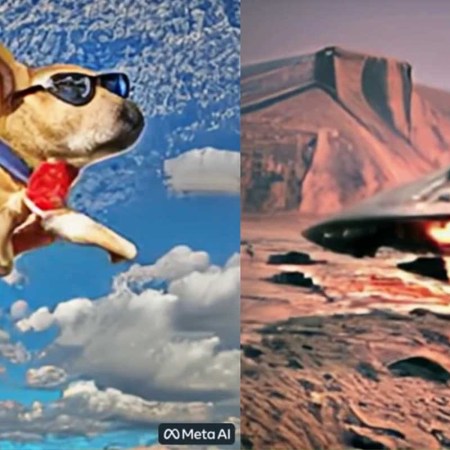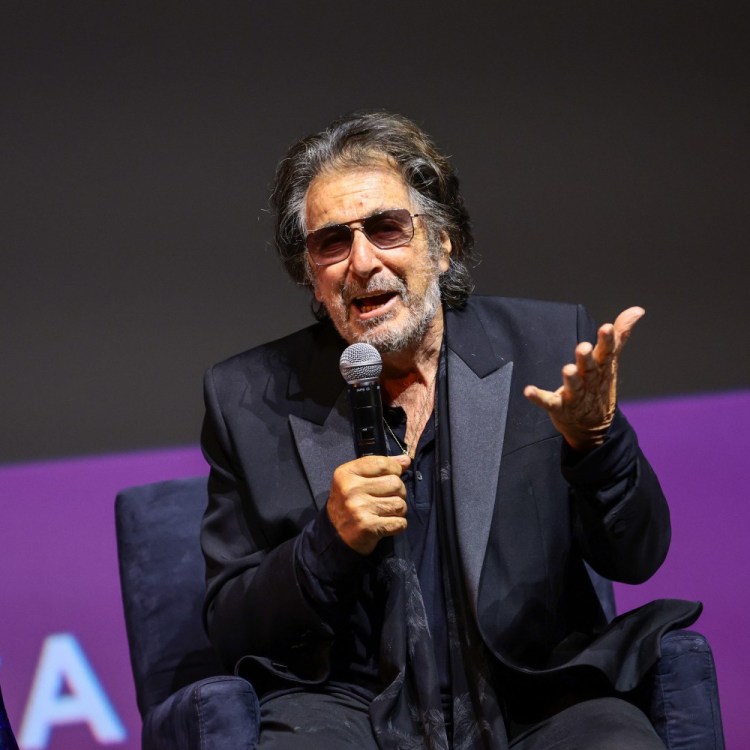What if you could travel from Los Angeles to San Francisco in 35 minutes? Recent technological advancements have put that reality astonishingly close. The Hyperloop, brainchild of tech guru Elon Musk, is basically a levitating train accelerated by a combination of magnets and air. The Hyperloop’s key component is the friction-less vacuum tube through which it travels. If brought to fruition, the technology could revolutionize the shipping and transportation industries.
(Courtesy Hyperloop One) (Courtesy Hyperloop One)There are major hurdles to overcome before the Hyperloop launches that revolution, though. Ryan Bradley from MIT Technology Review details one here:
“There are still plenty of reasons to believe the Hyperloop will not exist. ‘It gives me pause to think that otherwise intelligent people are buying into this kind of utopian vision,’ says Jose Gomez-Ibanez, a professor of urban planning and public policy at Harvard. ‘I don’t understand where they think they can get their savings—they’re up against the airlines, and airlines don’t need to install hundreds of miles of track.’ Giegel counters that airlines expend a tremendous amount of energy getting up to 30,000 feet and don’t recapture any of it on the way back down. The low pressure inside Hyperloop Tech’s tubes aims to replicate the atmospheric drag at about 160,000 feet. The company calculates that the magnetic boosts required every 40 miles or so will allow a Hyperloop to be more efficient than rail can be at very high speeds.”
Bradley recently visited executives from Hyperloop—following a public test of one phase in the invention process—which can be viewed below. To read Bradley’s full take on the possibility of a future with the Hyperloop, click here.
This article was featured in the InsideHook newsletter. Sign up now.






















